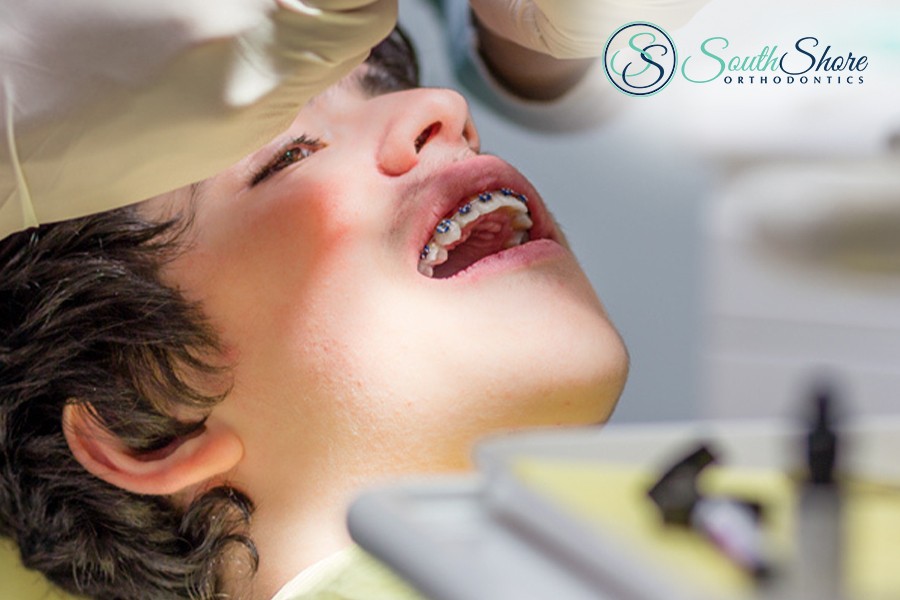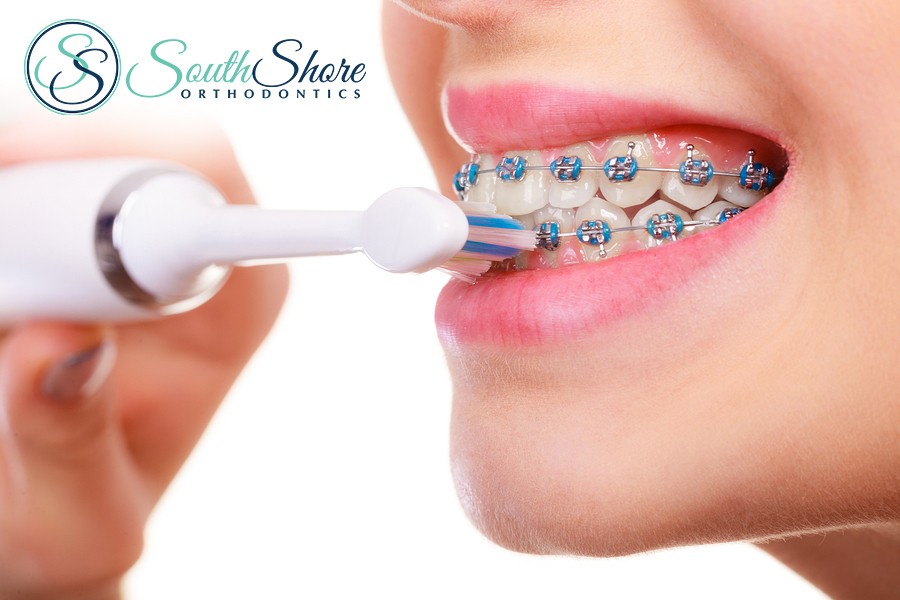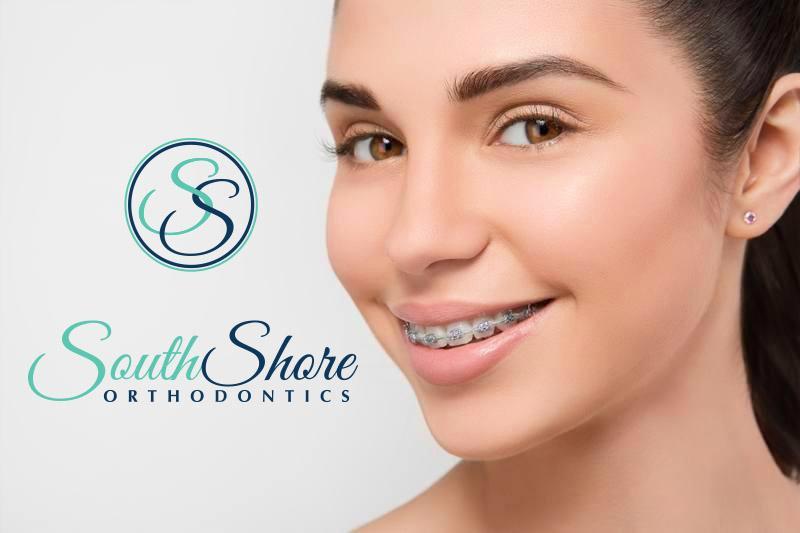July 31, 2019
When most people consider orthodontics, they imagine teenagers getting their first set, or adults who want to correct their smiles later in life. Rarely does the thought take you to a child who still has some baby teeth in their mouths. With that in mind, it may surprise you to learn that due to the fact that orthodontics is used to treat irregularities in the teeth and jaws, the age of the patient is not always relevant.
What is 2 phase treatment?
Two phase orthodontic treatment refers to a specialized process combining tooth straightening along with physical and facial changes. The purpose of this approach is to take advantage of unique opportunities your child’s growing facial structure provides. Treatment is strategically orchestrated at two separate developmental stages in a child’s life in order to maximize results, ensuring your child develops healthy teeth and jaw positioning.
Phase 1:
Phase one consists of aiding the jaw in its early development in a way that can properly house all of the permanent teeth that are growing in, while also making sure the upper and lower jaws are fitting together properly. It is very common for children to show signs of jaw problems during growth and development – so taking advantage of an opportunity to intercept these issues early on can prevent more invasive treatments later in life, with no guarantee of a complete fix. Catching and treating conditions such as jaw discrepancies or overcrowding issues early-on is the most effective way to achieve lasting results.
Phase 2:
Phase two is the follow-up phase of treatment, following a resting phase which is intended to allow the remaining permanent teeth to grow in freely and naturally. This phase will incorporate treatments that will look more familiar, such as full upper and lower braces. During this phase, your doctor will ensure that each tooth is aligned in its intended position in the mouth, a place for everything and everything in its place. Not only is this the most esthetically pleasing scenario, but it is also the healthiest – as with everything in perfect alignment, the mouth will function as it should.
When will we find out if my child needs 2 phase treatment?
The American Association of Orthodontists recommends that an orthodontist evaluate your child around the age of 7 or 8, in order to assess for problems that could be corrected with early phase treatment. It will be at that time during the evaluation that you will learn whether your child is a candidate for this specialized form of treatment.
If you have any questions or concerns that your child may have some early developmental problems concerning the teeth or jaw, talk to your child’s dentist about a referral to SouthShore Orthodontics (813) 815-0080, or contact us through our website here. Together, we will help your child develop safely and properly, so they can have the most attractive smile possible.








